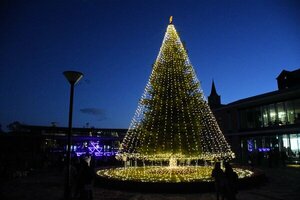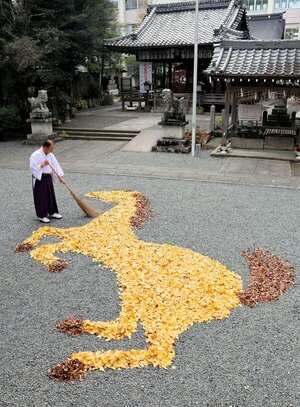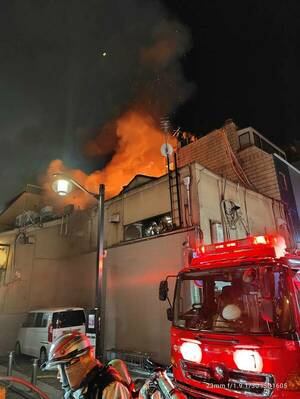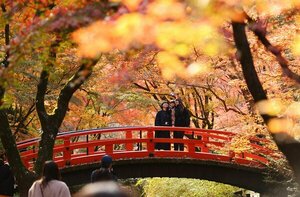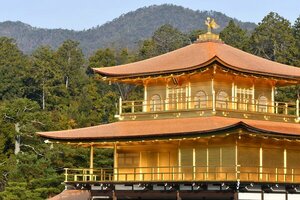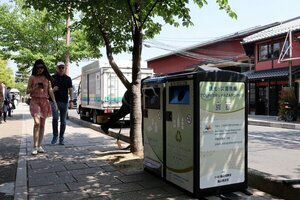The Imperial festival "Iwashimizu Festival'' was recently held at Iwashimizu Hachimangu Shrine in Yawata City, Kyoto Prefecture. It was returned to its original form for the first time in four years due to the impact of the coronavirus pandemic, and solemn events such as the "Shinko Procession'', in which about 500 people including Shinto people descended the approach to the shrine in the early hours of the morning, were held.
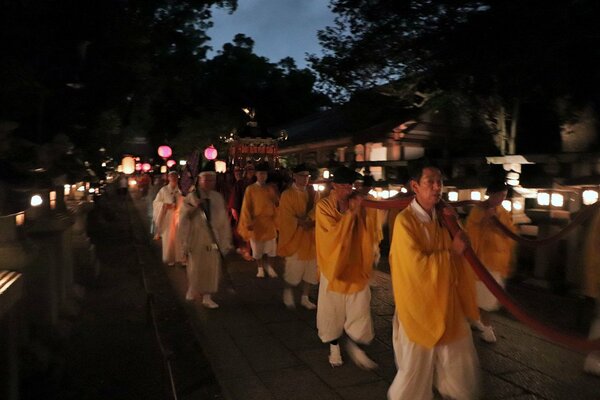
The Iwashimizu Festival has its origins in the Hojo-e festival, which began in 863. Imperial envoys from the Emperor began to be dispatched from 948, and it is considered one of the three major imperial festivals, along with the Aoi Festival (Kyoto City) and the Kasuga Festival (Nara City). For three years starting in 2020, the Shinko procession was canceled due to infection control measures, and the "Hobei no gi,'' which was originally held at Tongu Shrine at the foot of Mt. Otokoyama, was held at the main shrine at the top of the mountain.
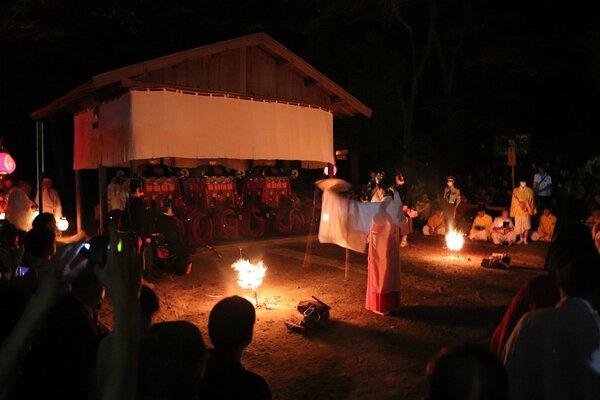
The festival began at 2 a.m., and at around 3:15 a.m., three Gohoren (portable shrines) carrying the enshrined deity, Hachiman Omikami, departed from the main shrine. A procession of about 500 people, accompanied by Shinto shrines, traveled down Omotesando for about an hour. At the Hohei-no-Gi, "goheimotsu,'' an offering from the Emperor, was dedicated, and an imperial envoy read out the Emperor's sacred texts praying for the prosperity of the nation and the peace of the people. The attendees watched the ritual proceed in silence.
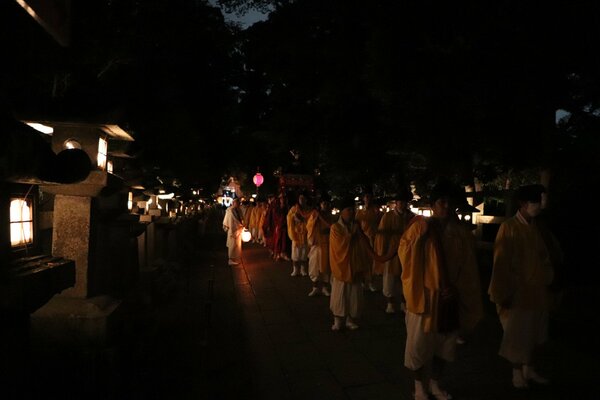
Before 9 a.m., there was a "release event'' in which fish were released into the nearby Hojo River, and a butterfly dance was performed on the bridge, with the people who had gathered actively pointing their cameras at it.

